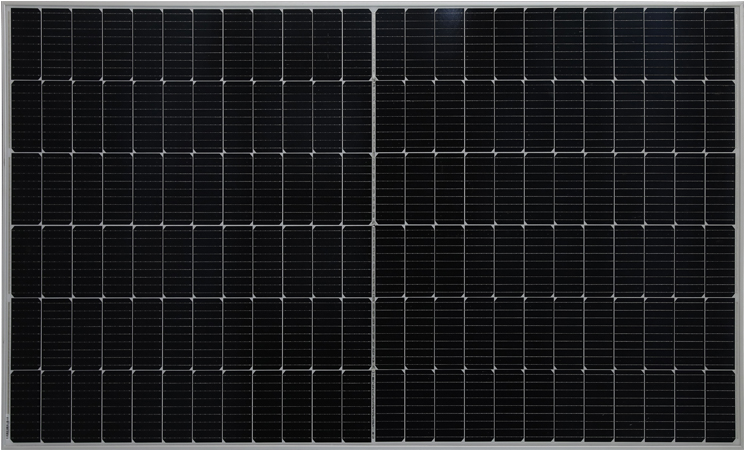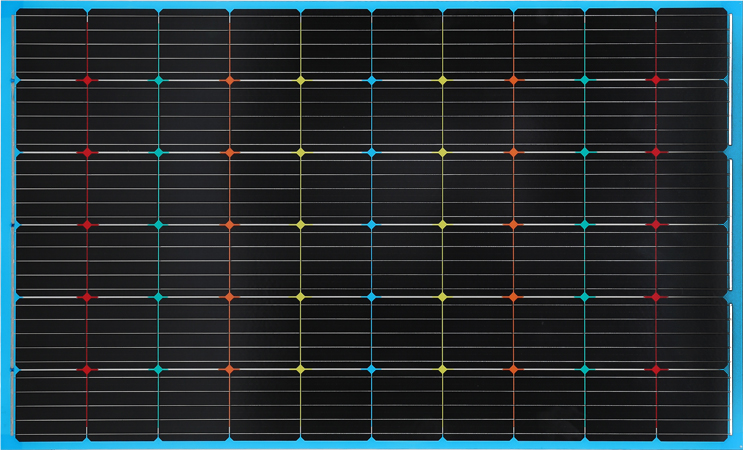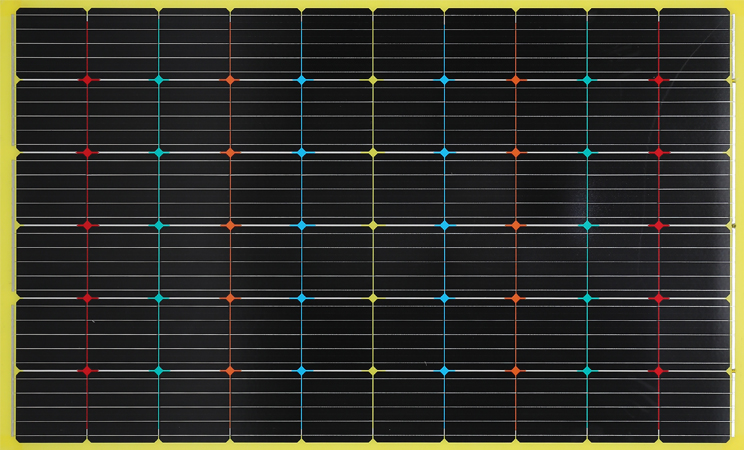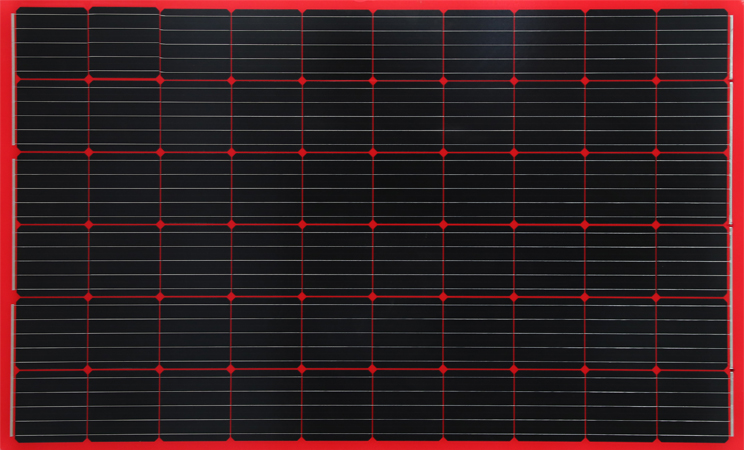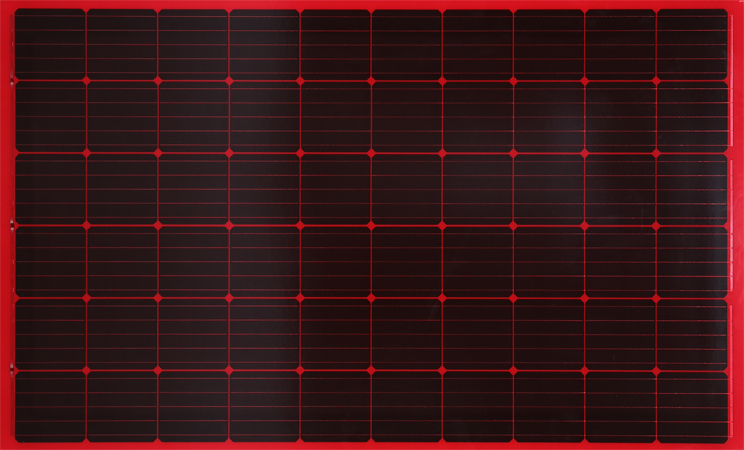BIPV Module is an integrated photovoltaic system used to convert solar energy into electricity in a building. It integrates solar energy into a construction project in an attractive and cost effective way. It can be applied to various types of buildings including commercial, industrial and residential. It can also be combined with a thermal storage element which is typically made of Phase Change Materials (PCM).
The integration of PV into the building envelope can have advantages in terms of architectural design, aesthetics and durability. However, it is important to keep in mind that the integration of PV into the building must be carefully planned to achieve maximum performance and energy efficiency. This includes the design of the solar cell layout and the selection of the right type of PV cells and inverter for the integration into the building envelope.
Currently available BIPV modules use either crystalline silicon-based (c-Si) or thin film technologies such as amorphous silicon (a-Si), microcrystalline silicon (m-Si), copper indium gallium selenide (CIGS) and cadmium telluride (CdTe). The transparency of the BIPV module can be enhanced by spacing opaque c-Si solar cells and applying a transparent conductive oxide on their surface. However, this will significantly reduce the module efficiency.
Semi-transparent BIPV can be designed to meet a variety of design requirements, ranging from daylighting and glare control to energy conservation. For daylighting applications, optimal lighting-energy performance is closely related to the average visible transmittance (AVT) and window to wall ratio (WWR). This can be achieved by using custom-spaced a-Si or CIGS BIPV, as well as by using semi-transparent cladding systems based on a-Si, CIGS, m-Si or a combination of these.
For facade and curtain wall applications, a variety of BIPV options are available that can combine the function of a sunshade with the generation of electricity. The most common is a sandwich structure with the solar cell on the inside and the insulating material on the outside. This can be combined with a shading system, which can help to improve the solar conversion efficiency and at the same time reduce the impact of the solar module on the building façade.
A bifacial PV module is one of the most promising solutions to optimize the energy yields of BIPV integrated into building envelop spaces. However, it is important to understand that the bifacial effect only applies for direct sunlight and only when the cell is facing directly towards the Sun. It does not apply for indirect sunlight that is reflected off the building façade.
Another option for BIPV integration is to use hybrid PV-solar thermal systems. This can be used for heating the ventilation make-up air in cold climates or for a direct space heating application within the building. This will allow the building to operate independently from the energy grid, saving both money and environmental resources. The heat generated by the PV system can be stored in a thermal energy storage unit, which is often incorporated in the roof system as part of the BIPV.


